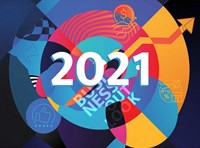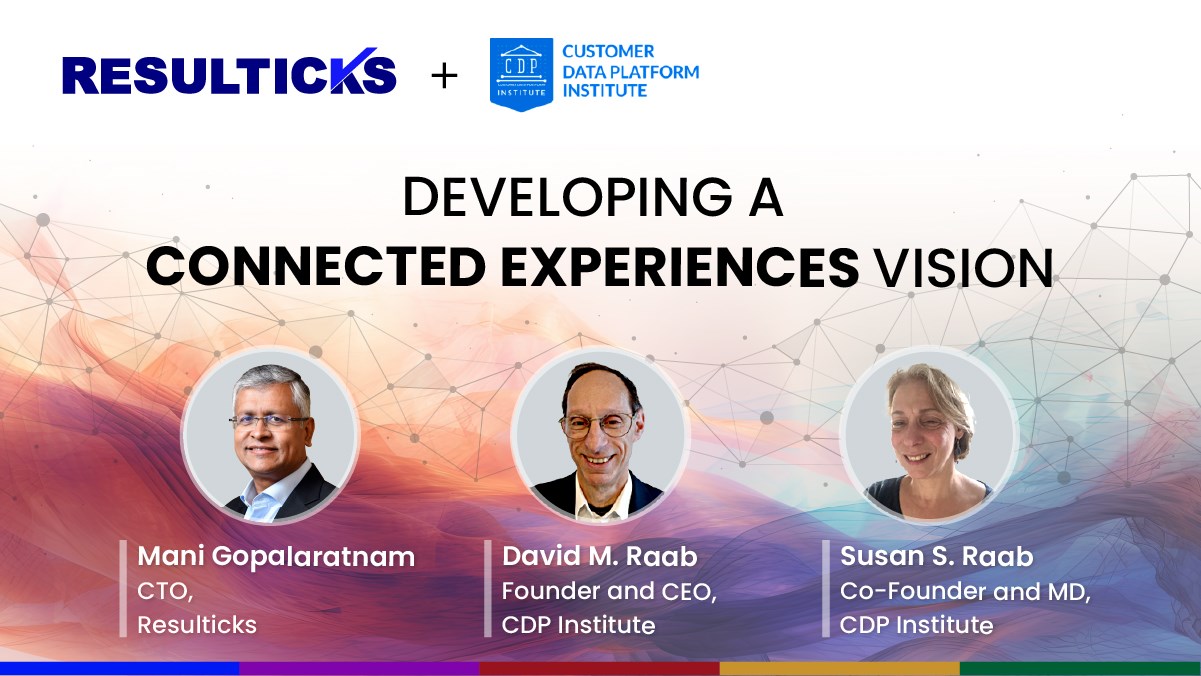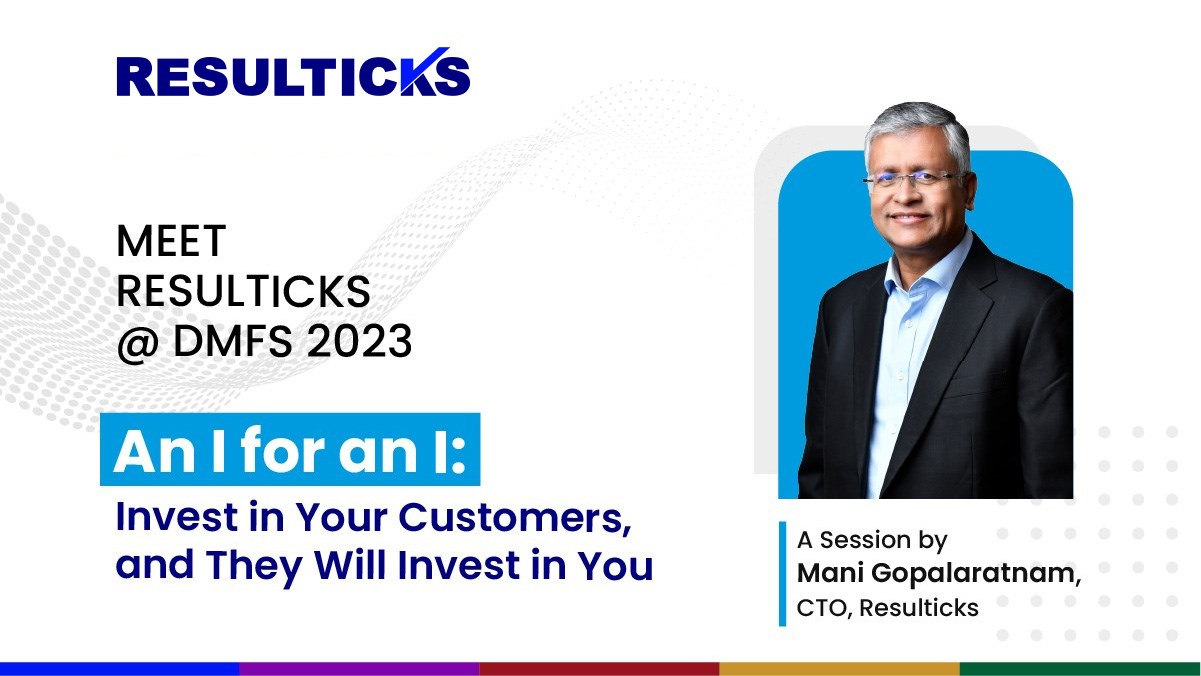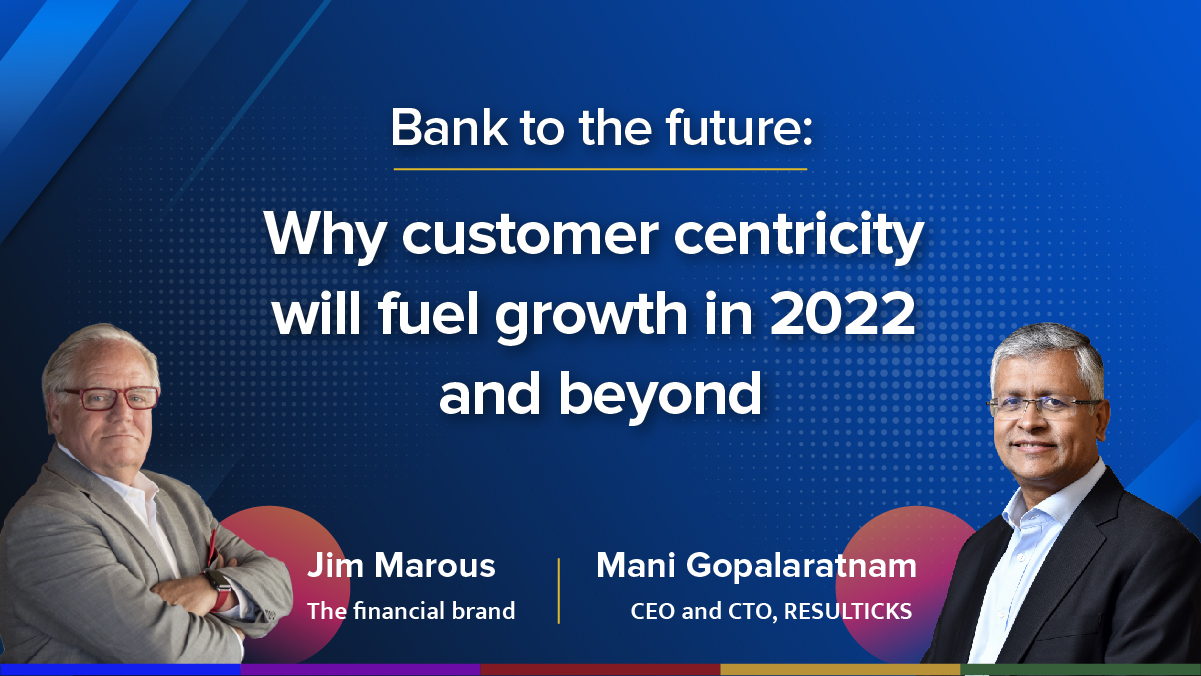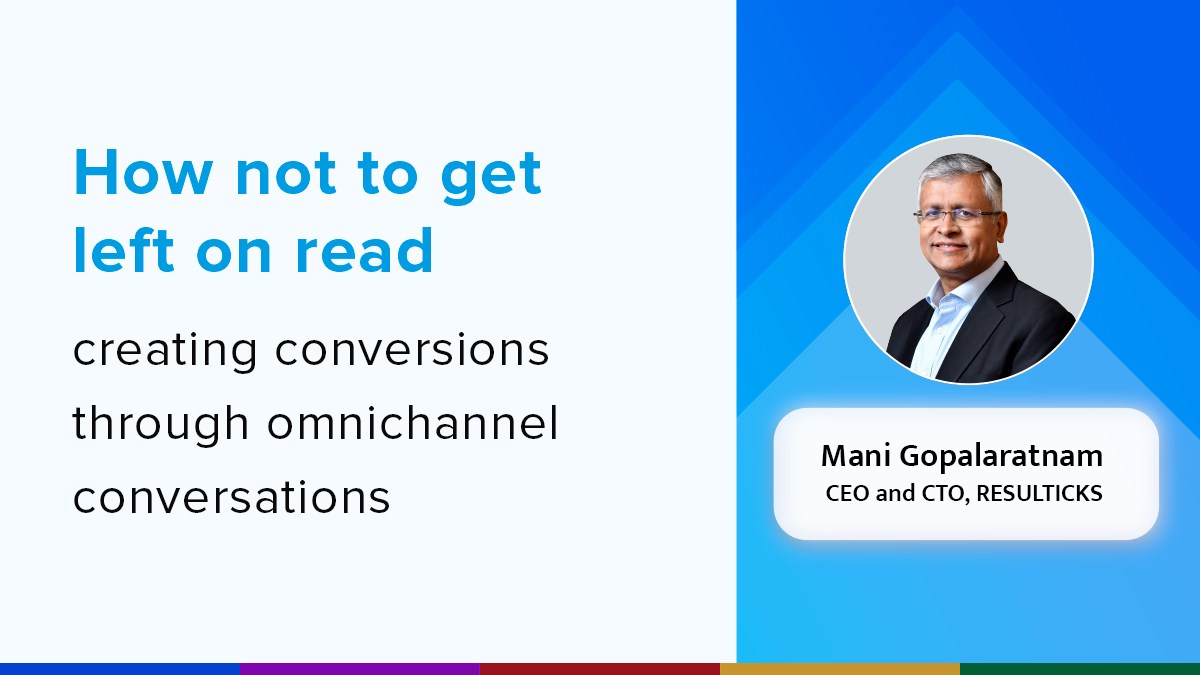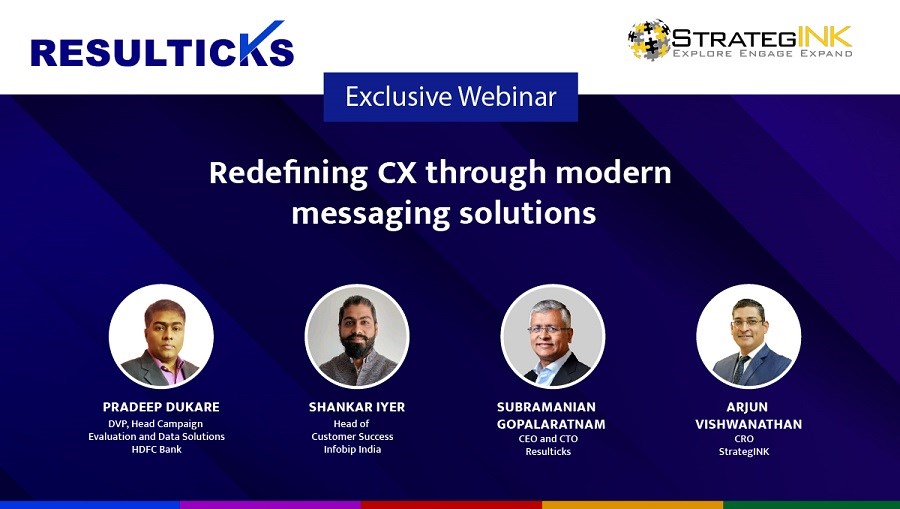The marketing technology evolution
Over the past two decades, digital marketing has evolved from managing a single website, to juggling multiple web properties, email, SMS, mobile, display, social media as well as paid and organic search. With the addition of each new channel to the digital ecosystem, a disparate marketing technology solution has arisen to support it.
Growth in martech has been exponential
The martech landscape has grown from around 150 vendors in 2012 to over 7,000 vendors in 2020. The vast majority of martech vendors built a single product to address a particular need in the digital ecosystem—such a CRM to house customer data, or a software application to deploy emails.
This has left many organizations grappling with a complicated morass of martech solutions that make it incredibly difficult to effectively reach their audience segments on the right channels. It is becoming increasingly difficult for marketers to rely on a series of legacy systems cobbled together into a “franken-stack” to manage and deliver omnichannel marketing campaigns that are truly focused on the individual customer.
CX is driving decision making around martech stacks
Today’s astute marketer has moved beyond utilizing a disparate set of martech tools. Customer experience has become the business imperative for leading organizations wishing to grow their revenue and obtain the greatest return on investment with marketing expenditure. According to Gartner, 89% of companies reported that they expect to compete mainly on the basis of customer experience.
The customer experience mandate requires a comprehensive martech solution. Organizations that have a strong solution stand to succeed because they are set up to respond to the rapidly growing list of challenges including having a single view of the customer, rather than siloed data. The other benefits include campaign optimization across multiple channels and devices for seamless user journeys as well as contextual customer interactions that boost sales and drive customer loyalty.
The creation and delivery of omnichannel marketing campaigns is challenging. According to research by Gartner, 90% of consumers report using multiple devices in one day, making it difficult for organizations to prevent fragmented experiences. In fact, many organizations and marketers spend much of their time stitching together different marketing tools and datasets to deliver their marketing campaigns. Research by Forrester has identified that 60% of business decision-makers noted that integration between technologies was a top barrier to successfully providing seamless customer digital journeys.
Business and marketing teams today need to make martech investments based on six critical imperatives:
Unified platform
The martech solution should be built on a unified platform that is intuitive and easy-to-use. It should have a well-designed interface built from the ground-up—with full integration amongst the core tools, workflows, datasets, and modules.
Individualization
At a bare minimum, the martech stack must be able to recognize individuals as they move across touchpoints. The solution needs to be able to track user behavior and identify prior customer relationships, so that communications can be contextualized across channels and at just the right moment. Furthermore, these touchpoints and interactions need to be scalable to reach new audiences and new markets.
Channel orchestration
To facilitate complex omnichannel marketing campaigns and augment the customer experience with individualized journeys at scale, the platform must feature campaign orchestration. The solution must provide the capability to build and deploy pre-defined audience journeys across multiple channels that respond in real time based on data, analytics, individual customer profiles, and trigger-based actions.
Seamless integration
It should have the flexibility and scalability to seamlessly integrate with existing and future enterprise systems to harness data and enhance the customer experience. It needs to be able to
Manage structured and unstructured data, and support free data flows between legacy systems and the martech platform for continuous data augmentation, campaign analytics, personalization, and audience management.
Rigorous security
It needs to provide the highest level of security for every channel, every employee, and every customer from a single platform while complying with all relevant industry and government standards and protocols. This includes GDPR, HIPAA for healthcare as well as a host of other security and accounting controls such as SOC2 and ISO 27001.
Scalability
The martech solution needs to be fully scalable and hosted on a cloud-based infrastructure to take advantage of the latest updates as well as having a tenanted solution to scale up capacity when required. For example, in a retail environment, a business imperative would be to massively increase capacity at key times of the year like Christmas, Valentine’s Day, Cyber-Monday, and Black Friday. It should also have the ability to leverage and deploy all these resources through a managed services provider if necessary.
With the exponential rise in big data across multiple devices and channels, organizations today face an impossible challenge: They have to balance the pressure of juggling multiple martech solutions with keeping up with rising customer expectations for seamless marketing conversations and personalized experiences that are contextually relevant across channels.
The old siloed approach no longer works. Organizations and marketers need a complete martech solution with the highest levels of functionality, security, and privacy—one that is capable of delivering, optimizing, and analyzing individualized omnichannel journeys in real-time.
Speak to a martech expert to learn more about getting your martech stack right, Schedule a demo.


